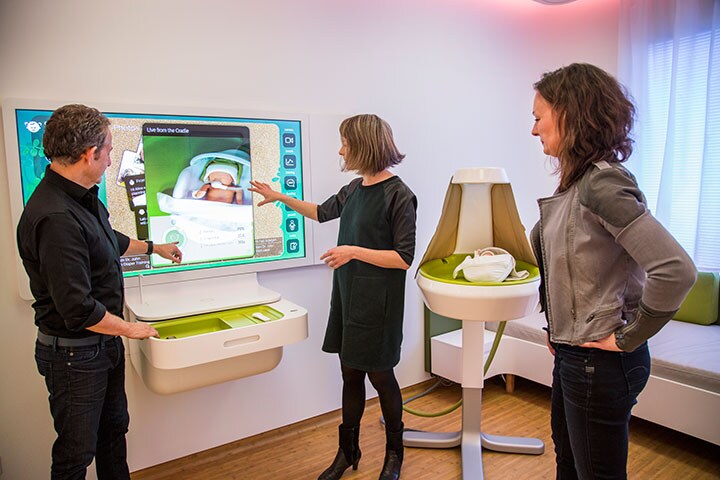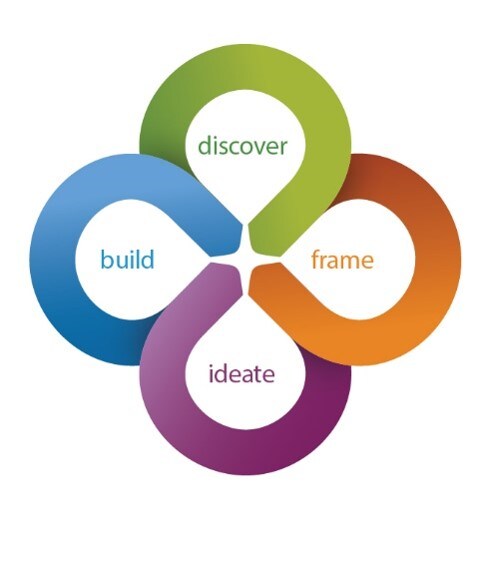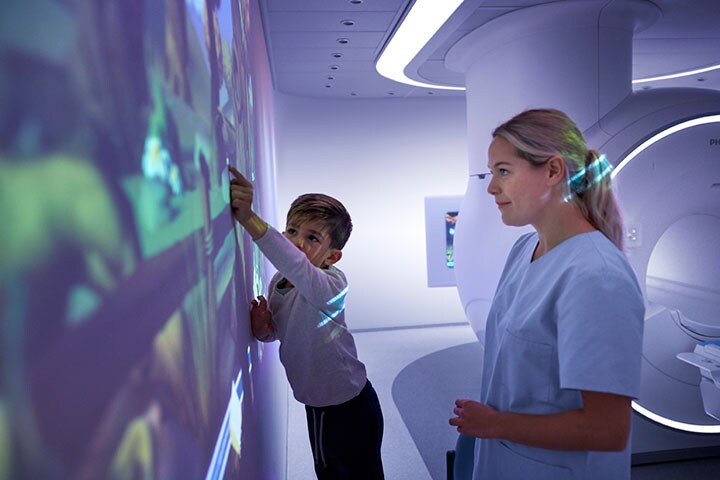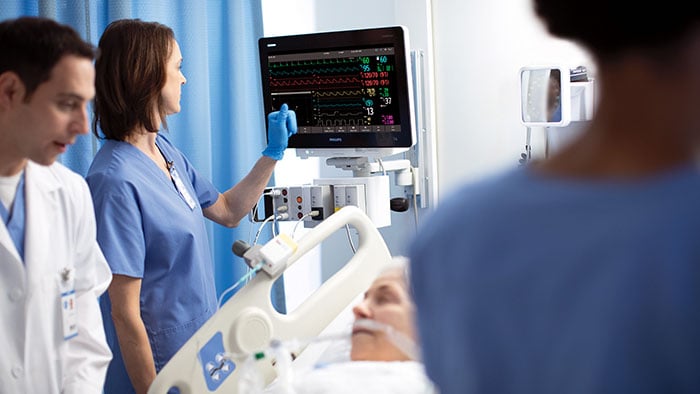Empathy is the best designer in reimagining health technology
I recently stumbled upon this article that focuses on concerns that hospitals in Scotland are not being built to a high enough standard to tackle infections. This underlined my belief of how important good hospital design is today and well into the future. But it also made me wonder with the advent of incredible advancements in technology and innovative processes such as Design Thinking, why are we still seeing stories like this?
Empathy is the birthplace of Design Thinking
The truth is, Design Thinking processes and philosophies have certainly become more mainstream in recent years. But are we overselling the capability? Is Design thinking living up to its potential? We’ve all seen articles that say Design Thinking is dead or it’s overrated. Of course there’s always room to improve, but let’s be careful not to throw the baby out with the bath water. In reality, the naysayers are forgetting one of the foundational core constructs of Design Thinking; Empathy! Whatever you’re designing, it’s vital to understand and relate to the reality people face when using your products. Context is also vital along with understanding emotions, of both a care giver and a patient. For Philips, that means showing deep empathy for patients, their families, clinicians and support staff, we need to walk in their shoes, shadow and observe them as they go about their tasks. We combine this with a deep understanding of the task they are hoping to achieve and look at how this is currently achieved and the context in which they are performing the task. That’s why we’ve taken the time to build and strengthen a patient-focused & clinical staff consulting service that helps hospitals and healthcare systems improve patient and staff experience, to drive better outcomes at lower costs.

I want to ensure we are restoring empathy to healthcare design. No single designer, architect or even team of designers, can ever hope to understand all the facets of a particular subject.
To help healthcare systems achieve the points outlined above, we need a healthy mix of people to get involved in the innovation process – I want to ensure we are restoring empathy to healthcare design. No single designer, architect or even team of designers, can ever hope to understand all the facets of a particular subject. For me, it’s about having more than just design thinkers, it’s about having thinking designers working together with healthcare facility planners, technologists, Nurses, Doctors and healthcare administrators. We need insights from engineers, researchers and clinical specialists, from people across the hospital or health system not to mention ecosystem partners and end users to design and deliver positive change.
A Human Centered Approach requires Co-creation
At Philips we’ve embedded design thinking across a number of our business systems on corporate level. Our human centered approach to innovation led us to set up Cocreate. Our Cocreate methodology focuses on people and is built around three core beliefs. We always start by involving customers & users in solutions and product creation, ensuring that we’re innovating with them rather than for them. We also bring together people from different disciplines so we can access broader knowledge that you can’t find in a siloed way of working. This is underpinned by supporting participants to collaborate, explore opportunities and challenges, so that they can come up with breakthrough solutions. We may not end up where we originally intended, but we do address the real needs of our customers.

I encourage designers to embrace radical empathy and immerse themselves in the reality of user experiences.
Another crucial aspect of being a thinking designer is getting as close to the action as you can. I encourage designers to embrace radical empathy and immerse themselves in the reality of user experiences. How does a parent feel when they’re finding out their child’s diagnosis? How does a radiologist feel when they’ve got back to back appointments for an entire 12 hour shift? It’s only by rolling your sleeves up and entering into the thick of the action, living and sharing experiences, that you can really empathize and truly understand how to best service those in need. This quest to be where the action is happening isn’t always easy and means our designers develop strong stomachs, and of course one of the reasons they tend to wear black at Philips.
Diversity in thought, mindset and action is critical in designing the future of healthcare
I’ll give you an example of how this works. We design healthcare environments, all the way from a single-room-based-solution to entire hospitals. This doesn’t just involve our in-house design team but also some of the brightest minds in machine learning, artificial intelligence and medical technology. We’re fortunate to also have team members who are clinicians, former CIOs or CEOs of hospitals, former chief nursing officers, heads of cardiology or other departments, plus a team of more than 100 doctors from around the world who augment our knowledge. With such a rich knowledge base we can tackle issues from multiple angles. All of this is achieved with a combination of design thinkers and thinking designers who take a true human-centric approach. It truly excites me to work with the best and brightest staff to define and design the future of healthcare.
It truly excites me to work with the best and brightest staff to define and design the future of healthcare.

Design thinking helps us envision the intangible future
So, yes, I believe Design Thinking is a powerful approach to solving the challenges of healthcare, especially if you include designers, who are exceptional at their craft. Practicing designers that not only see the big picture, but can zoom into little human details that help get problems solved. When Design Thinking is applied in a manner that is true to its roots of embracing empathy, it opens up fresh perspectives that can tackle some of the major issues of our time. It establishes new avenues of exploration and possibilities. It helps us envision the intangible. And for Philips, it helps us shape the future of health and wellbeing.
Share on social media
Topics
Author

Sean Carney Chief Design Officer and General Manager, Healthcare Transformation Services













